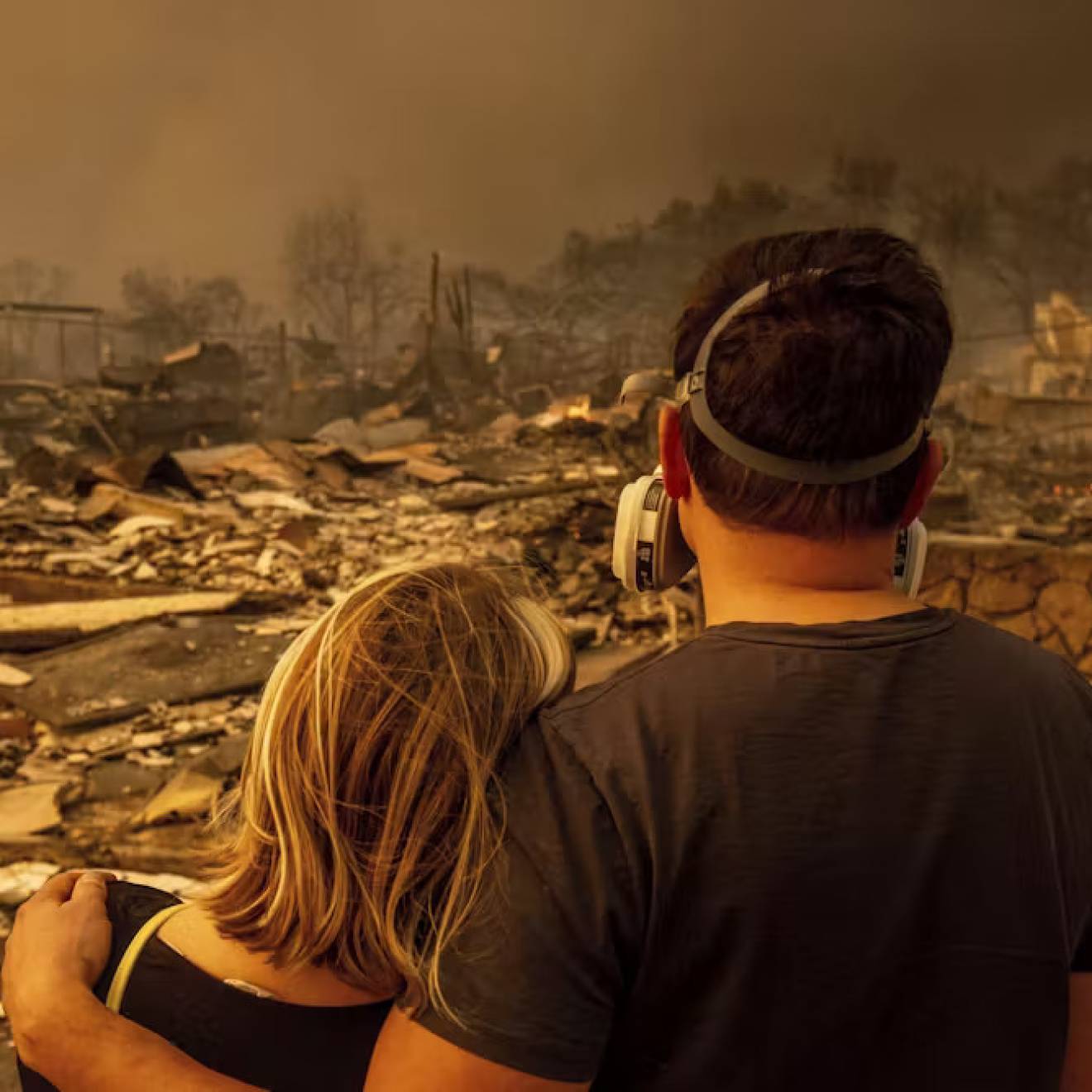Julia Busiek, UC Newsroom
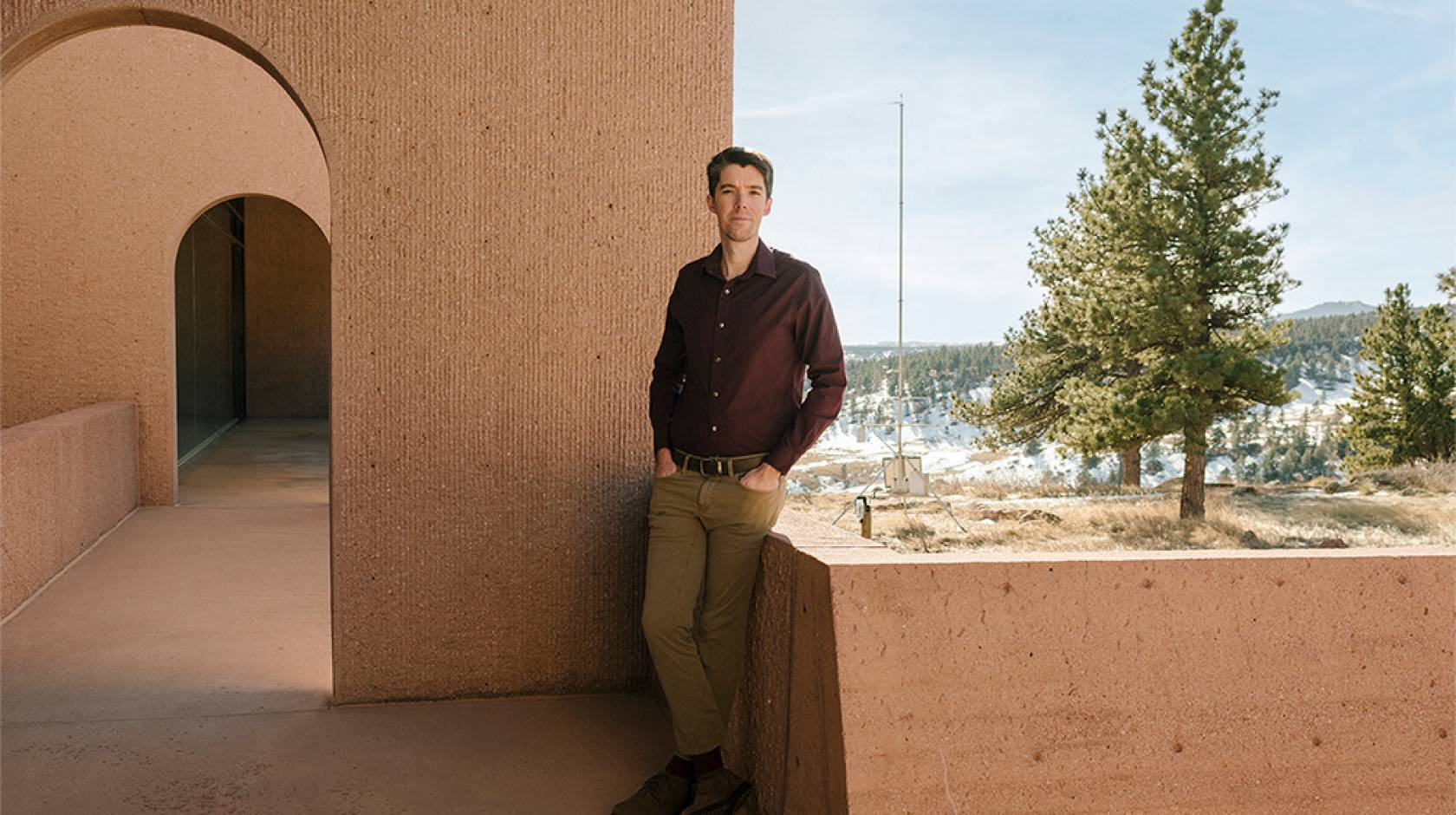
Want to know whether to grab an umbrella as you’re heading out the door? UCLA climate scientist Daniel Swain has some advice: Don’t trust your smartphone.
The typical weather app is “only looking at raw data, and a limited set of raw data at that,” Swain says. “It's not contextualizing the information, as a human meteorologist with a lot of accumulated background knowledge would.”
Absent that context, an app might serve you a sunny readout as you’re getting ready to leave for work, only for a chance of rain to materialize on screen a few hours later.
“Public perceptions are that weather predictions are worse than they’ve ever been, even though they’ve actually been getting steadily better over time,” Swain says. “Which is a real shame, because you can get free access to taxpayer-funded knowledge and nuance from real humans at the National Weather Service, who provide a forecast that isn’t going to change dramatically hour by hour.”

A soggy commute isn’t a crisis. But to Swain, it’s a symptom of a bigger problem: “When it comes to weather and climate, there is a lot of missing context,” he says. “There’s a lot of genuine misunderstanding as to what the realities of a warming climate are, and how it affects extreme weather in particular.”
Swain is on a multi-front mission to change that. From his post at the Institute of the Environment and Sustainability at UCLA, Swain researches the extent to which climate change is fueling floods, droughts and wildfires. On Weather West, the blog he started as a high schooler in 2006, his posts plumb the connections between global atmospheric conditions and broad weather trends across California, and his real-time commentary reaches 40 million people a year on the social media platform formerly known as Twitter. He’s testified about his research in California’s legislature and routinely briefs state and federal lawmakers.
As climate change has wrought noticeably weirder weather in California and across the country, Swain has become a go-to source for journalists looking to make sense of climate catastrophes past and future. He fields close to two hundred calls from the press every year and is one of the most quoted experts at UCLA.
We recently wormed our way into Swain’s schedule to learn more about life as a “scientist communicator.”
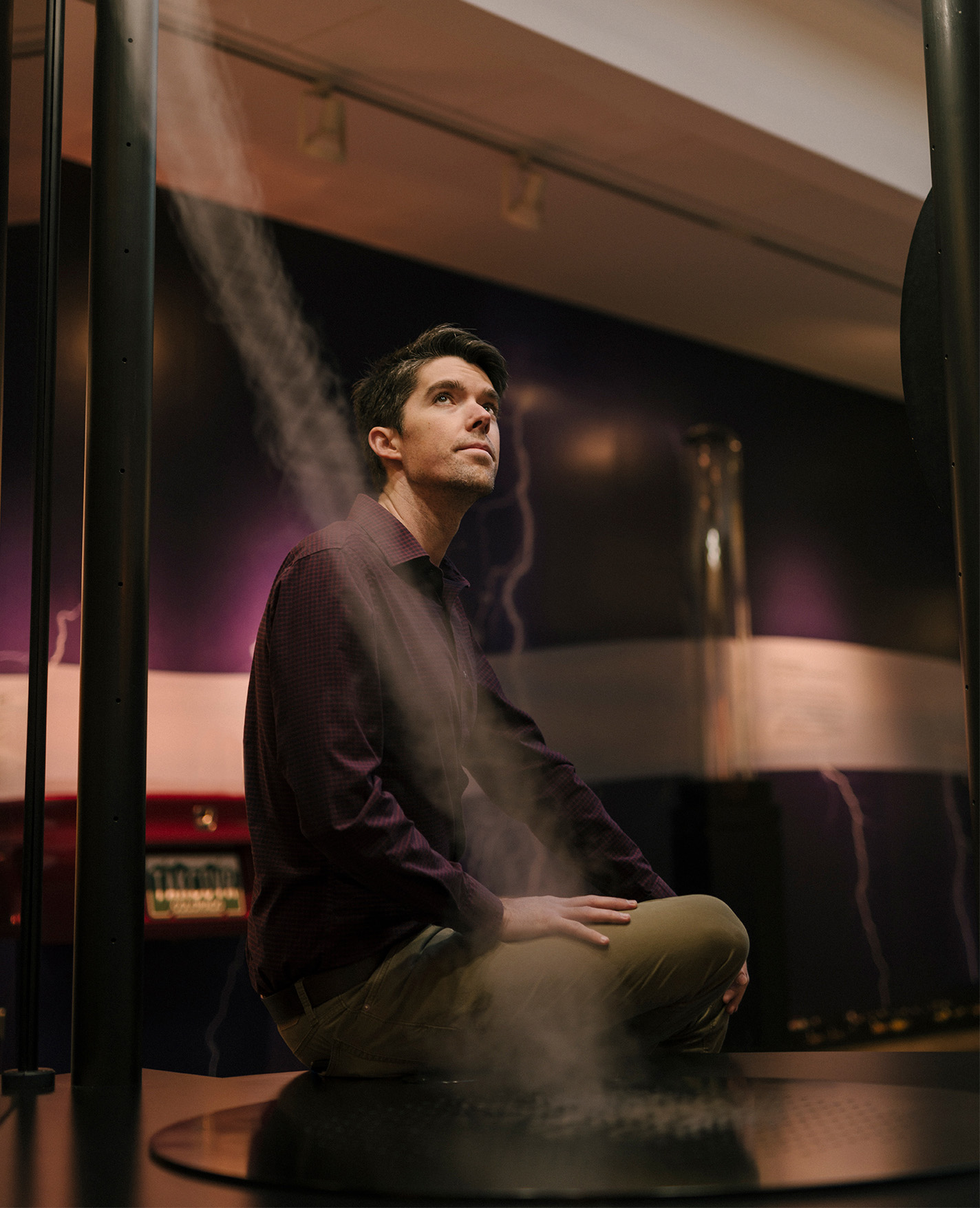
Daniel Swain, a climate scientist at UCLA's Institute of the Environment and Sustainability.
What’s the biggest climate misconception you find yourself trying to correct?
Public opinion polling suggests that most Americans do believe in climate change. But there’s still a gap where people then don't connect it to their own life. People will say yes, climate change is real and yes, it's bad, but it's mainly going to hurt other people. It's not going to hurt me.
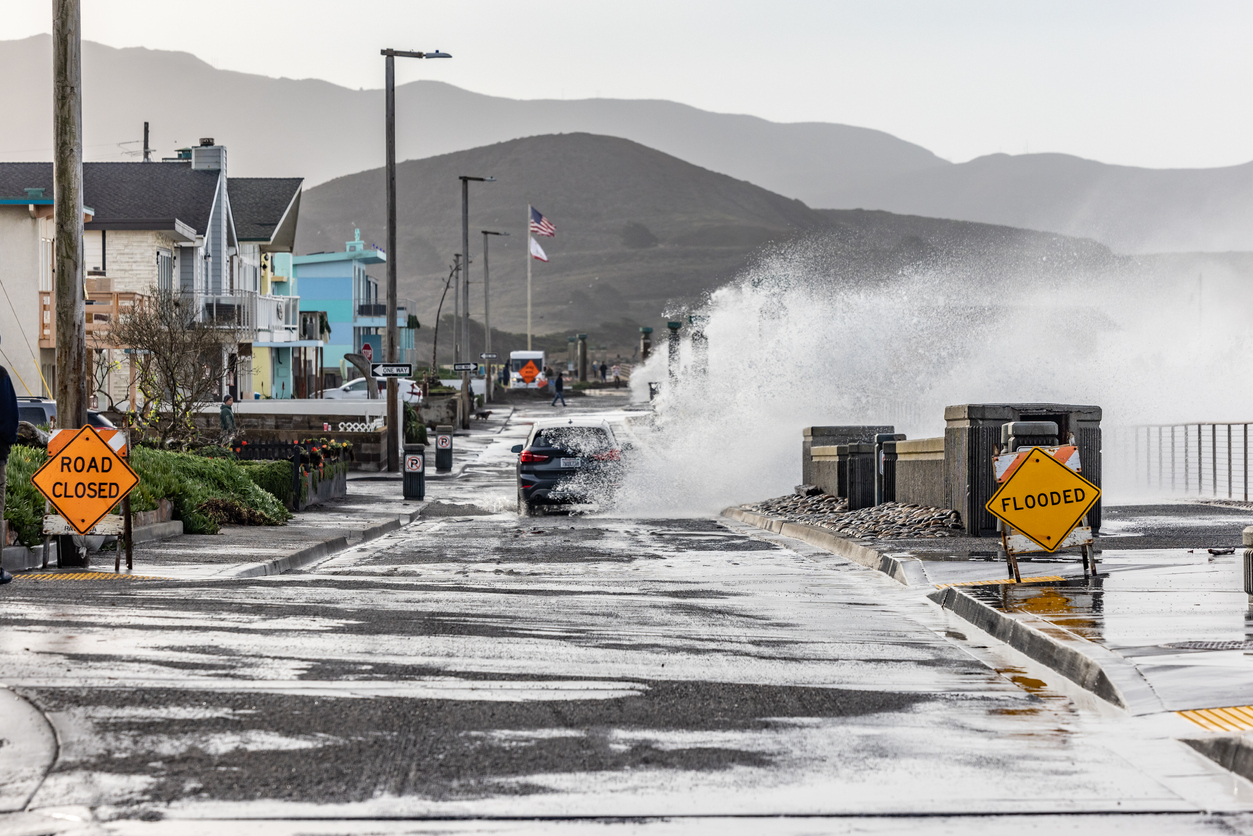
How do you try to close that gap?
There’s all sorts of criticism of what’s called the information deficit hypothesis, which says that if only we gave people the right information, they would make perfect decisions. Of course, that is not how the world works. A lack of information is not really what's in the way of people making better decisions — most of the time.
But I think the gap around climate change is actually more amenable to correction than in other areas. When scientists talk about climate change, we tend say things like, “one degree centigrade of global mean warming.” What does that even mean? It sure doesn't sound like much. Plus, no human has ever experienced the global mean temperature. It's an entirely statistical construct. It's a useful one. But it’s very intangible.
And so in my research and public outreach, I try to talk about what that one degree means in terms of the frequency that your home gets flooded, or how frequently you're going to experience temperatures that are hotter than anything that you or your parents or your grandparents ever experienced.
What’s new in the world of weather forecasting?
Weather models are these huge mathematical systems of equations that are run on the world's largest supercomputers, but they're all based on the fundamental laws of physics and chemistry. If you look close enough, you'll find things like “force equals mass times acceleration” and “energy is neither created nor destroyed.”
Forecasts have been getting steadily better over time, and they continue to improve. A five-day weather forecast today is about as accurate as a three-day forecast was a couple of decades ago.
The rate of improvement has slowed in recent years, but we may see renewed growth as computing power continues to increase and as new methods are used. Artificial intelligence and machine learning has really started to shift the field. Not away from the physics, but potentially leveraging these kinds of tools to make it more computationally efficient.
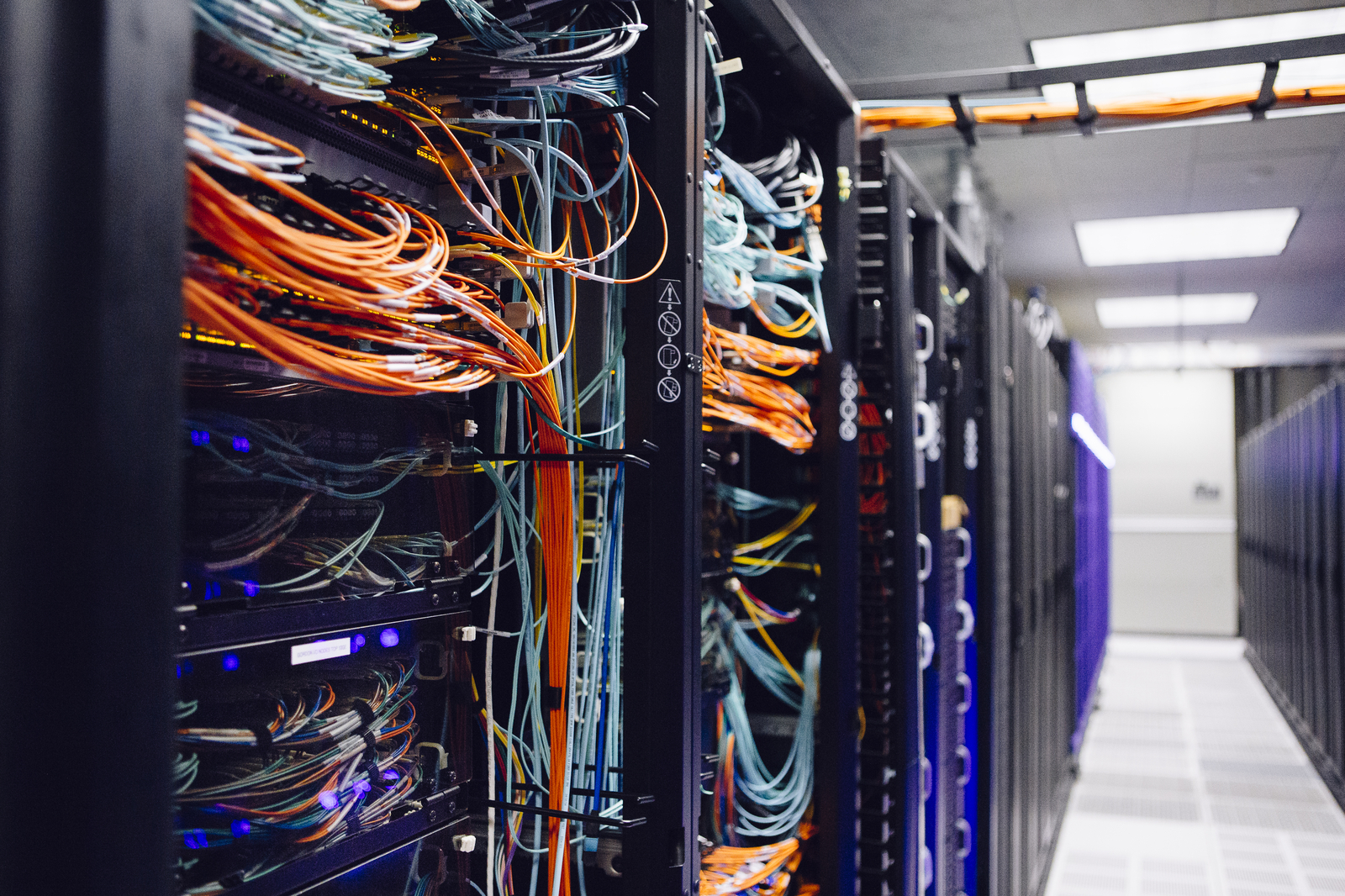
So could better computers give us more certainty about what the climate will look like by, say, 2100?
Beyond 30 or 40 years from now, the main question is not uncertainties in climate models or uncertainties over tipping points. It's uncertainties in political systems and social systems: We just don't know how much more carbon we're going to emit in the coming decades.
And that is a great illustration of why some of these important issues can't be solved exclusively through one domain of science. You cannot use a climate model to predict how much carbon humans are going to emit between now and the year 2080. That's not a physical science question, primarily. It's a question of everything else in society.
To the extent that you’re able to get nuanced, accurate information about climate out into the world, how do you do it?
In part, it’s the structure of my role at UCLA. I don’t teach classes. I do research, I write scientific papers and I lead investigations into how extreme events like floods and droughts and adjacent events like wildfires are changing in a warming climate, and how they're affecting us and what we might do about that.
The other half of my job, which is explicitly written into my role, is to have conversations with all different kinds of people. That means I can take a call from a reporter at the last minute, or I can prepare a briefing for a representative tomorrow. I give lots of talks, write a blog and write for the popular media.
Is that kind of role hard to find in academia?
I’m not aware of anything comparable to my role at UCLA or any other institution. There are any number of topics where it could be critically important, from climate change to epidemiology to geopolitics to social equity — anywhere there is nuance and context involved, we need people looking at the big picture and distilling it down in a timely fashion so that it actually reaches people.
Because, of course, nuance and context is critical to combat surging misinformation. That's how it spreads: on social media, through viral videos, through word of mouth. To combat that at a scale that's commensurate with the volume of the bad information out there, or missing or improper context, there is a much broader need for domain expert communicators.
What’s your favorite weather movie?
The favorite of a lot of weather folks is Twister. It's bar none in terms of movies that are both entertaining and scientifically not totally ludicrous. I mean, okay, there's the cow flying past the windshield, there are people holding onto chains to not get sucked into the middle of a tornado. But other than that, there were some very realistic things in that movie. They took the crew of Twister on actual storm chases in Oklahoma with the National Severe Storms Lab to get into the groove and get the mannerisms of real professionals.
And all climate scientists have watched The Day After Tomorrow, which is definitely more ludicrous. It’s still entertaining and very, very loosely based on real physics, which is that if the North Atlantic Overturning Circulation were to collapse, there would be dramatic and rapid upheavals of global climate and weather. Not as depicted in that film, by any means. I counted at least four scenes that were physically impossible according to the law of conservation of energy. But as a climate scientist, I can still recommend The Day after Tomorrow, with the huge caveat that no one should ever watch it for scientific accuracy.

